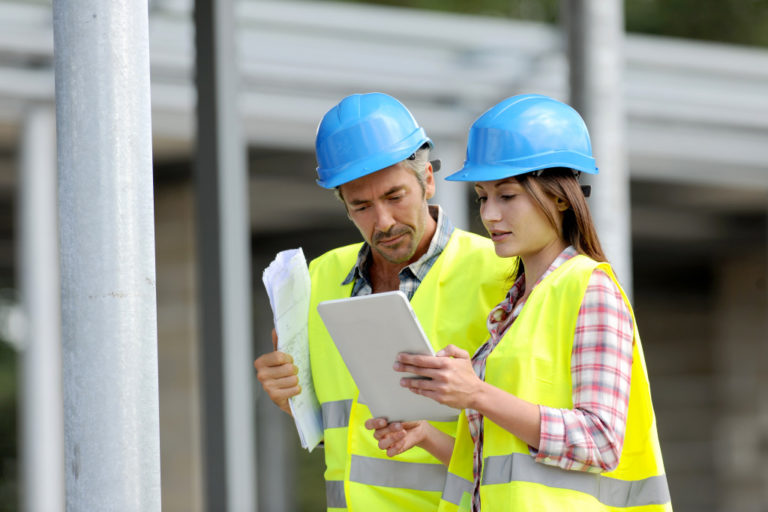Technology has permeated each and every facet of our life. Many work in front of a computer, doctors use technology to heal the sick, and we get our entertainment through gadgets. But in the field of architecture and design, technology is making an undeniable impact that goes beyond simply making things easier.
Faster, More Efficient Design Process
Designing anything, structure, object, furniture, used to take a significant amount of time. It used to require high skill in drawing and math as well. A designer needs to accurately calculate the measurements and then put them on paper, using the appropriate symbolism to make it legible to other designers. But modern technology has removed this hurdle (although it’s still being used in other forms) and made the design process considerably easier.
Through the use of Computer-Aided Design (CAD) software, it has become a lot easier to turn dreams into reality. This has given those in the architecture and design fields more capability to produce high-quality output at a considerably faster rate. Professional interior designers can design furniture or room layout through online drawing applications or platforms and have real-time feedback from clients.
3D renders for buildings depicting how it would be like moving inside them have become common, and the practice of showing it to clients for approval has also become common.
Faster Real-World Calculations
Computer programs can make complex calculations and analyze buildings and create the aforementioned 3D renders with live simulation. It can even do an environmental analysis, simulating environmental effects and how they can affect a structure over time. Nowadays, there’s a wealth of data available at the touch of a finger that architects and engineers can simply pull up information such as temperature, soil information, material classifications, and more. This is significant because otherwise, an extensive amount of research would go into collecting this data!
The result of being able to do the rapid real-world calculation is that the whole construction process is just generally faster and more efficient. It even allows designers to make their creations sustainable and smart. They can implement complex coordination, using smart technology to connect certain aspects of their creation. Almost none of these was even considered possible not 20 years ago- truly technology has far exceeded everyone’s expectations.

Optimizes Security and Maintenance
While using closed-circuit television (CCTV) for security purposes isn’t a new idea, the level of integration and efficiency it has arrived at is at a level that wasn’t foreseen. Recording videos of surveillance for later purposes have been proven effective in solving crimes, and the very presence of CCTV cameras deter misdeeds. However, the very way designers and property owners interact with such security systems has evolved.
Footage can now be sent to a smartphone or a tablet, allowing owners to view their property remotely. This also enables designers to create buildings more securely, as they can use their imagination to design however they want and implement security features later. Even maintaining certain aspects of the structure is now optimized. Smart thermostats, AI-based energy analysis and management software, and high capacity sensors are baked into buildings. These devices give crucial feedback, like energy consumption, temperature, water levels, and more, making maintenance and upkeep much easier to handle.
Smart Structures are the Future
Throughout this article, mentions of “smart devices” are rife. It’s hard to talk about the innovations within the architecture and design industry without mentioning smart appliances, after all. But what are they truly and how did these gadgets change the architectural design?
While many people are already familiar with smartphones and other similar android devices, what many don’t realize is how smart integration permeates design philosophy. Many engineers and architects are designing their projects with smart accessibility in mind, utilizing internet-connecting items to automate traditionally manual processes.
Think about a coffee machine. Years ago, people would have to go over a coffee machine and have to manually put in the coffee beans, the hot water, and then press a button to get their espresso. What a smart device is basically a traditional item, in this case, a coffee machine, with the capacity to perform tasks on its own via connecting to the internet.
And this is where the floodgates open: smart doors, smart ovens, smart fridge, anything! Designers are beginning to integrate this technology into homes, as it makes living far more comfortable and allows them to focus on the design without the worry of stepping on functionality.
The innovations we’re seeing aren’t the finished product. Researchers and scientists are still developing more and more ways to make every process and task sustainable and efficient. In the next few years, we can see even more amazing technology being incorporated into every design.

